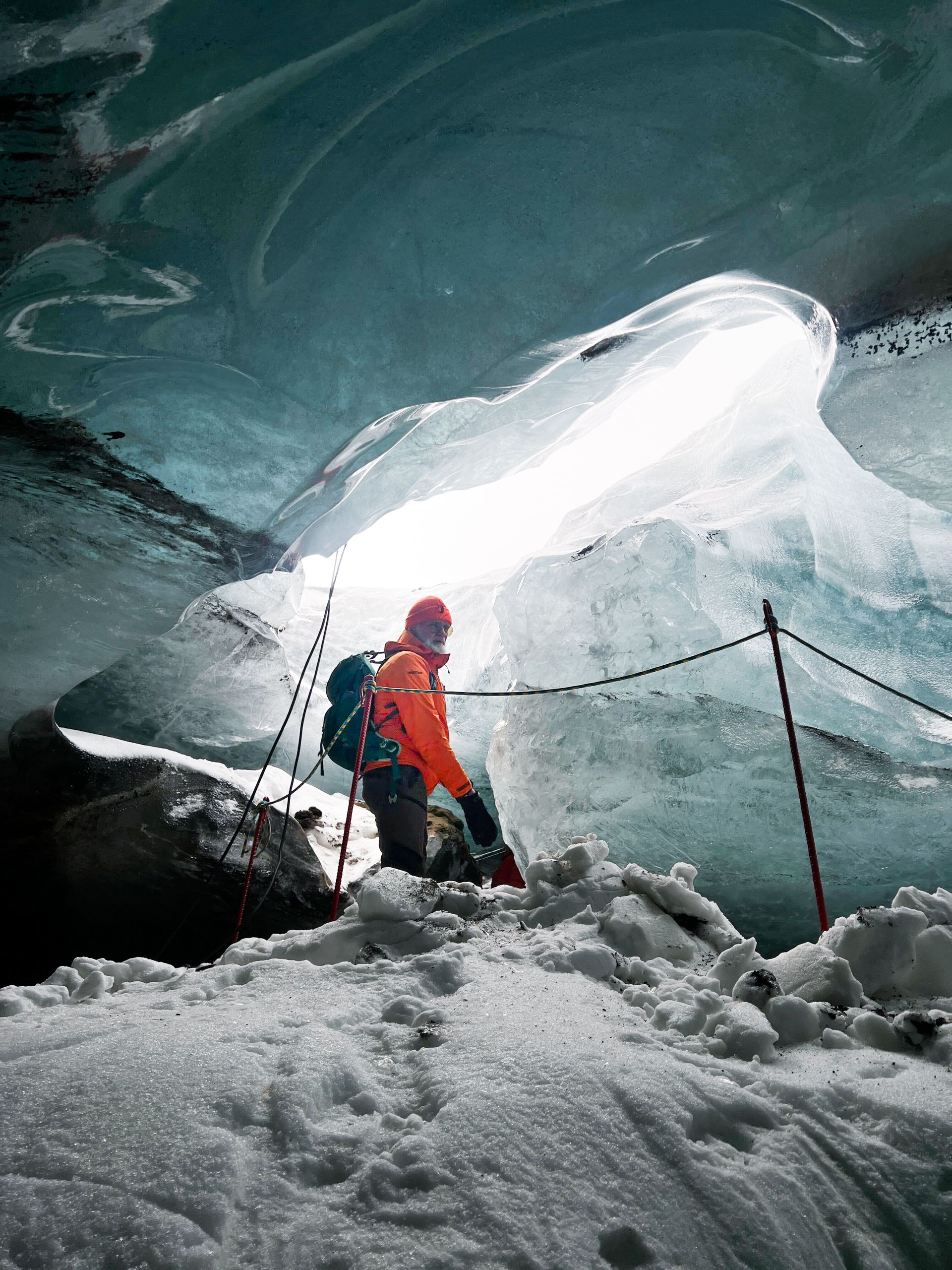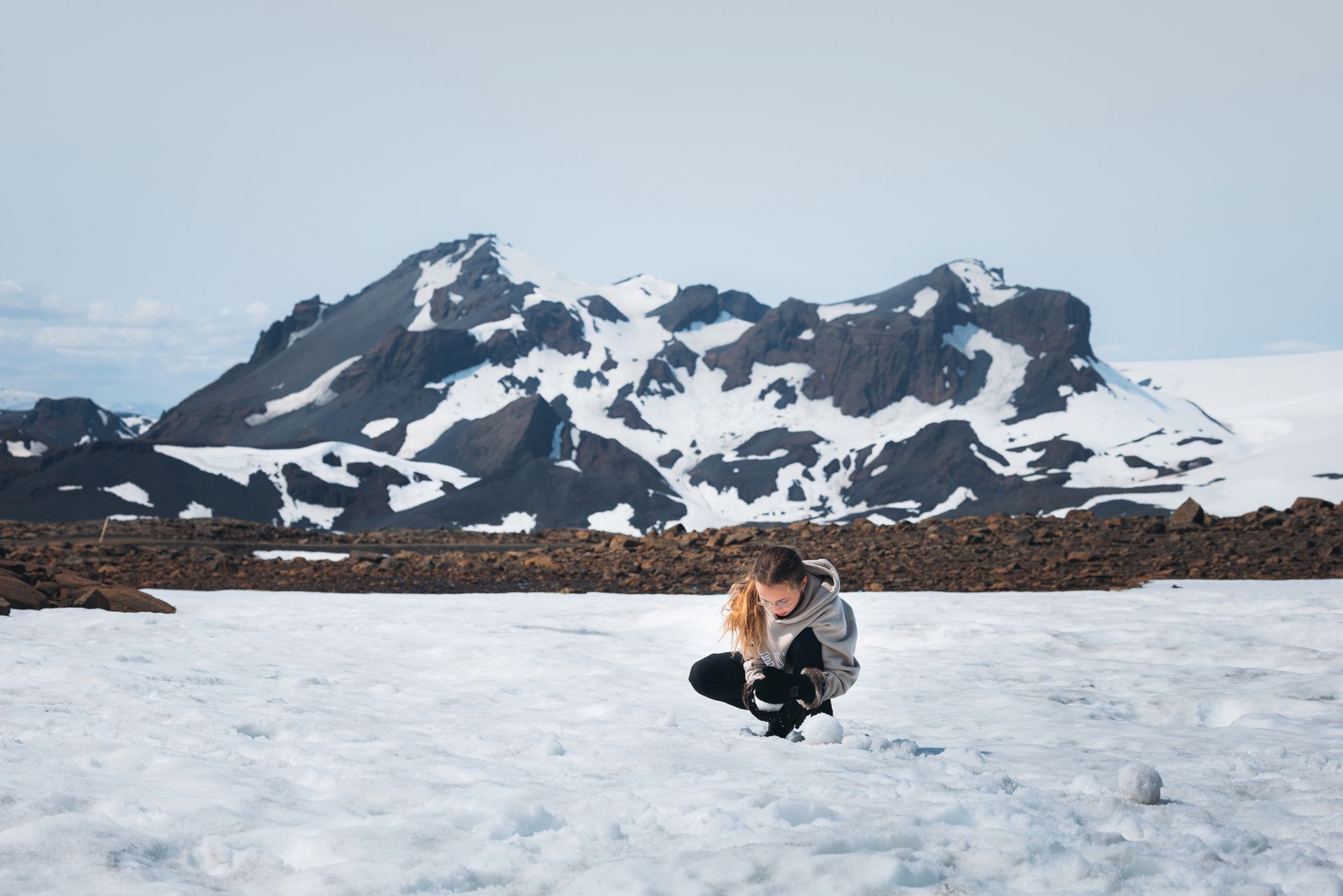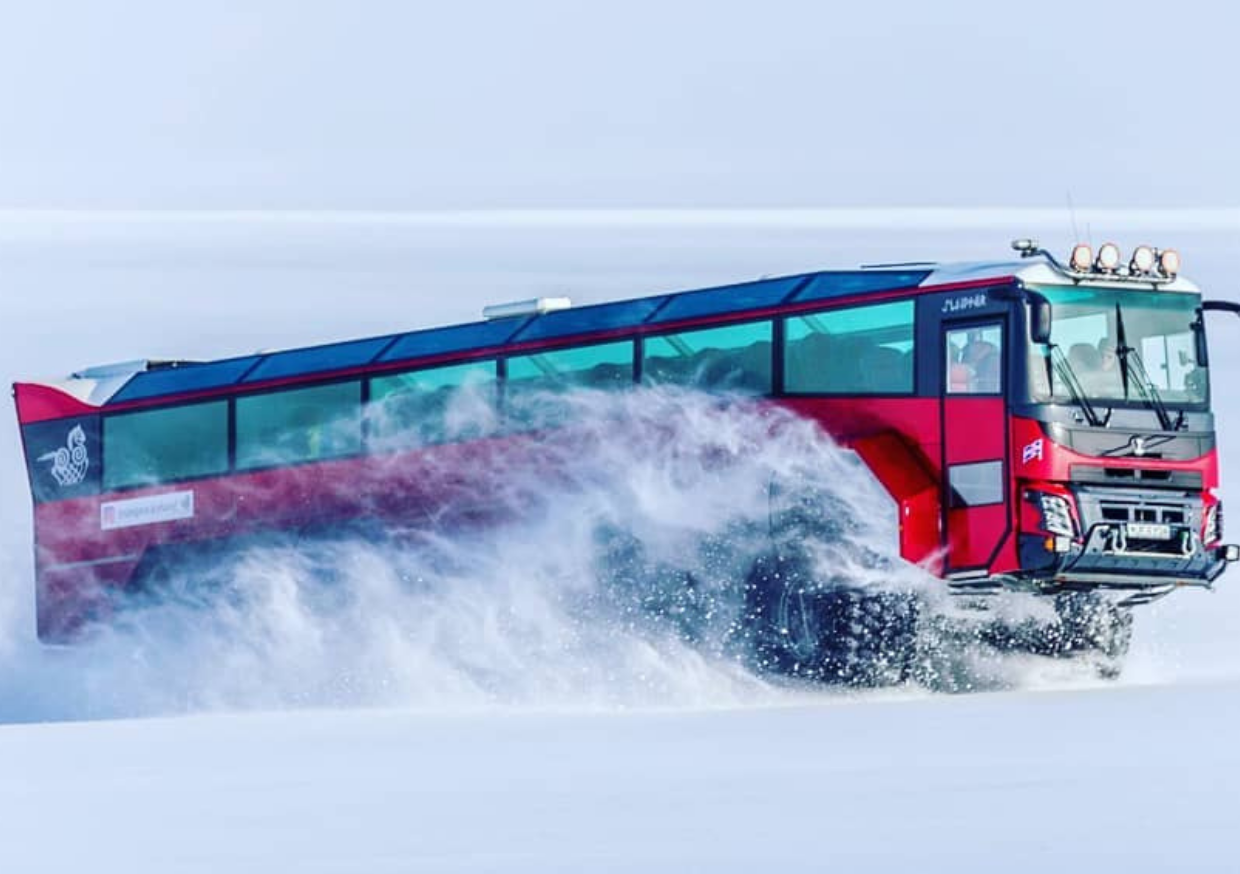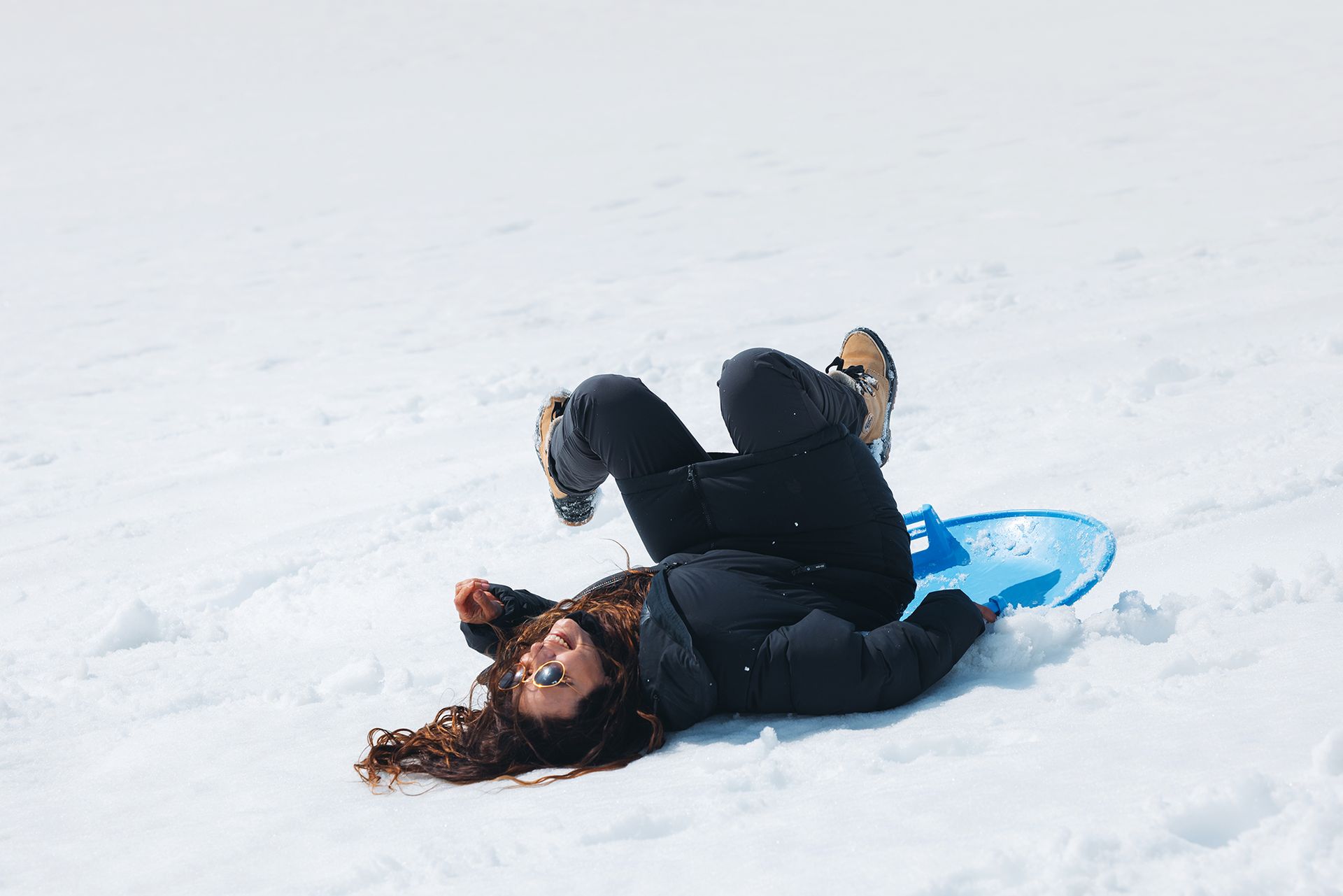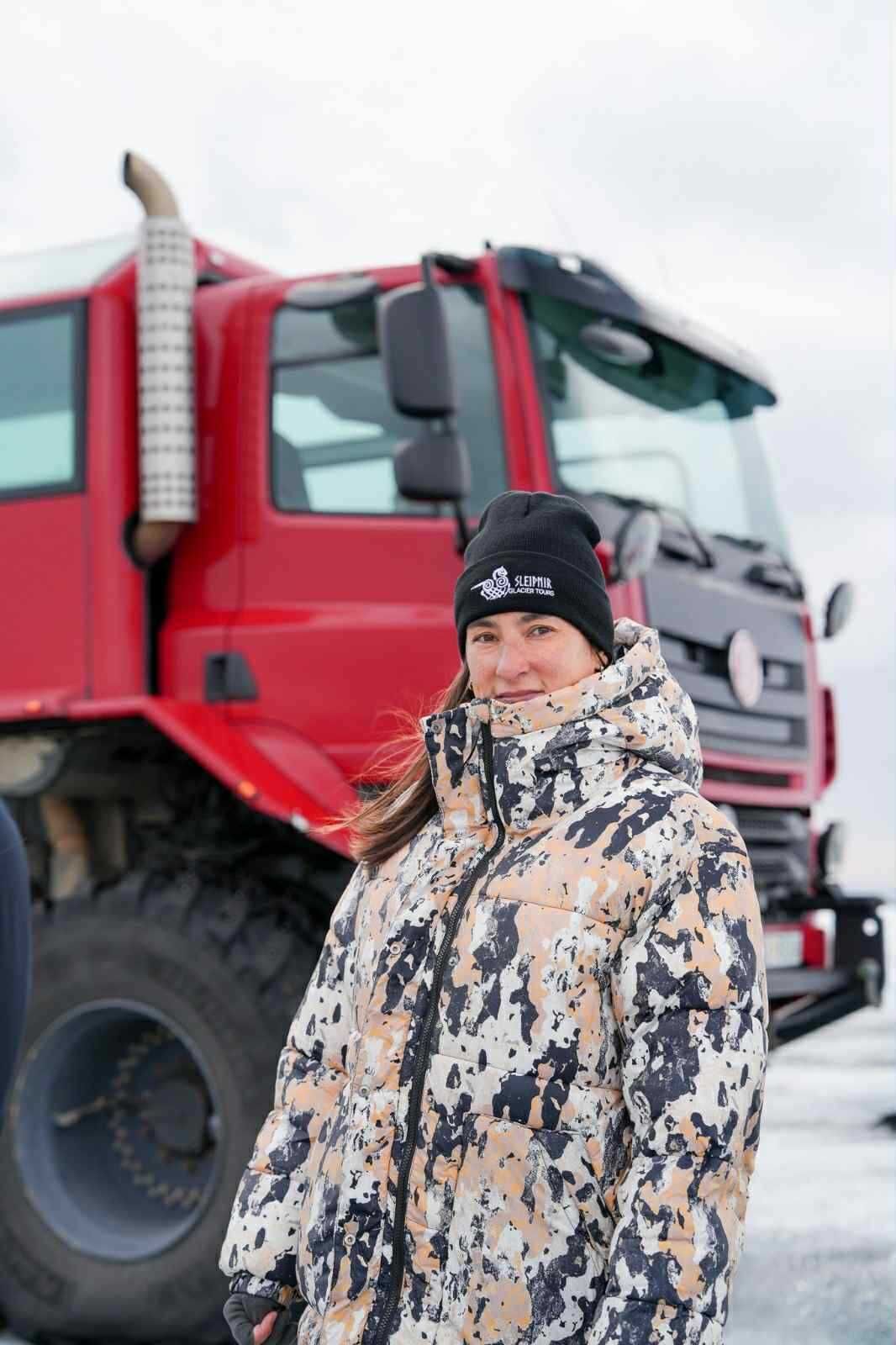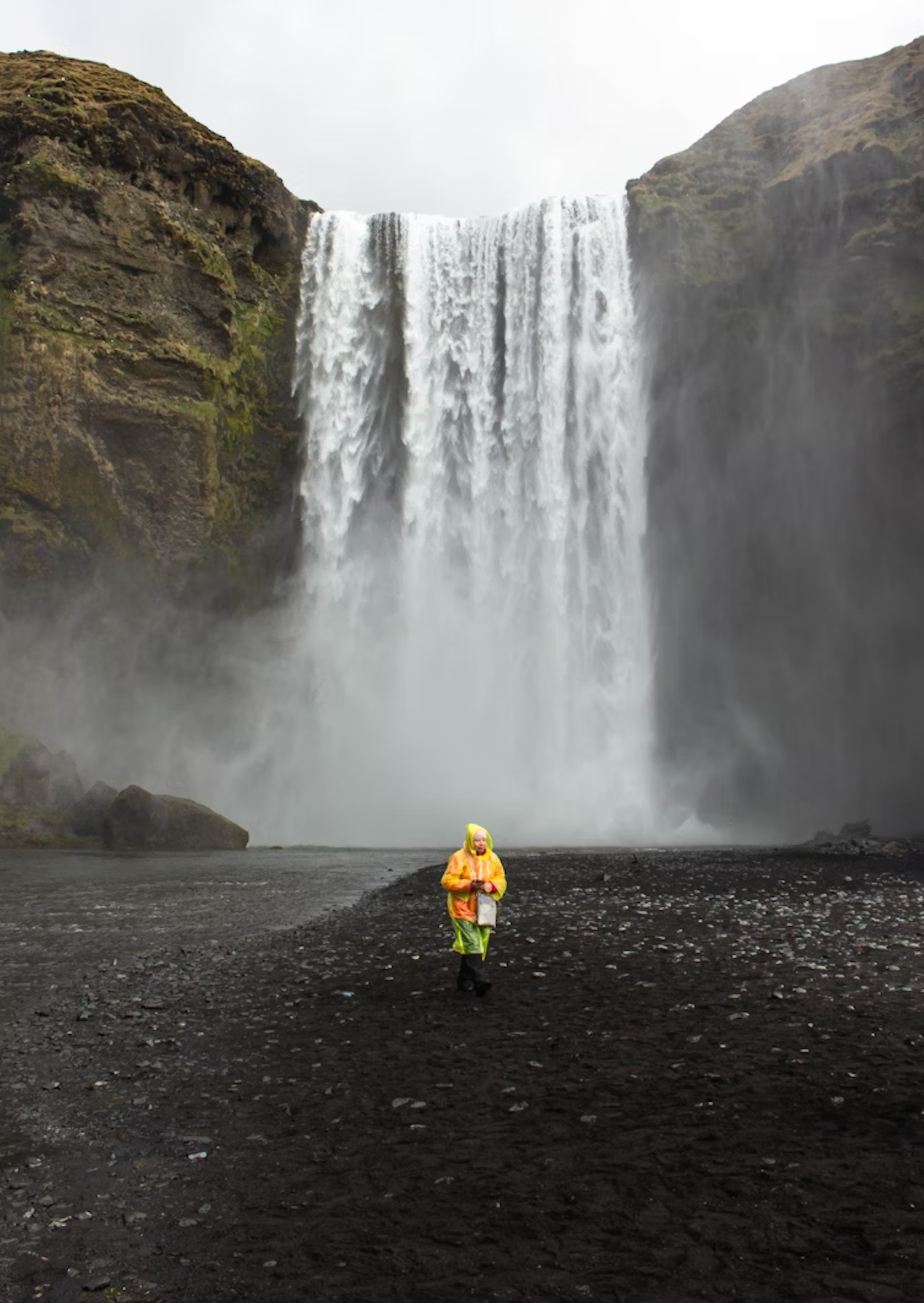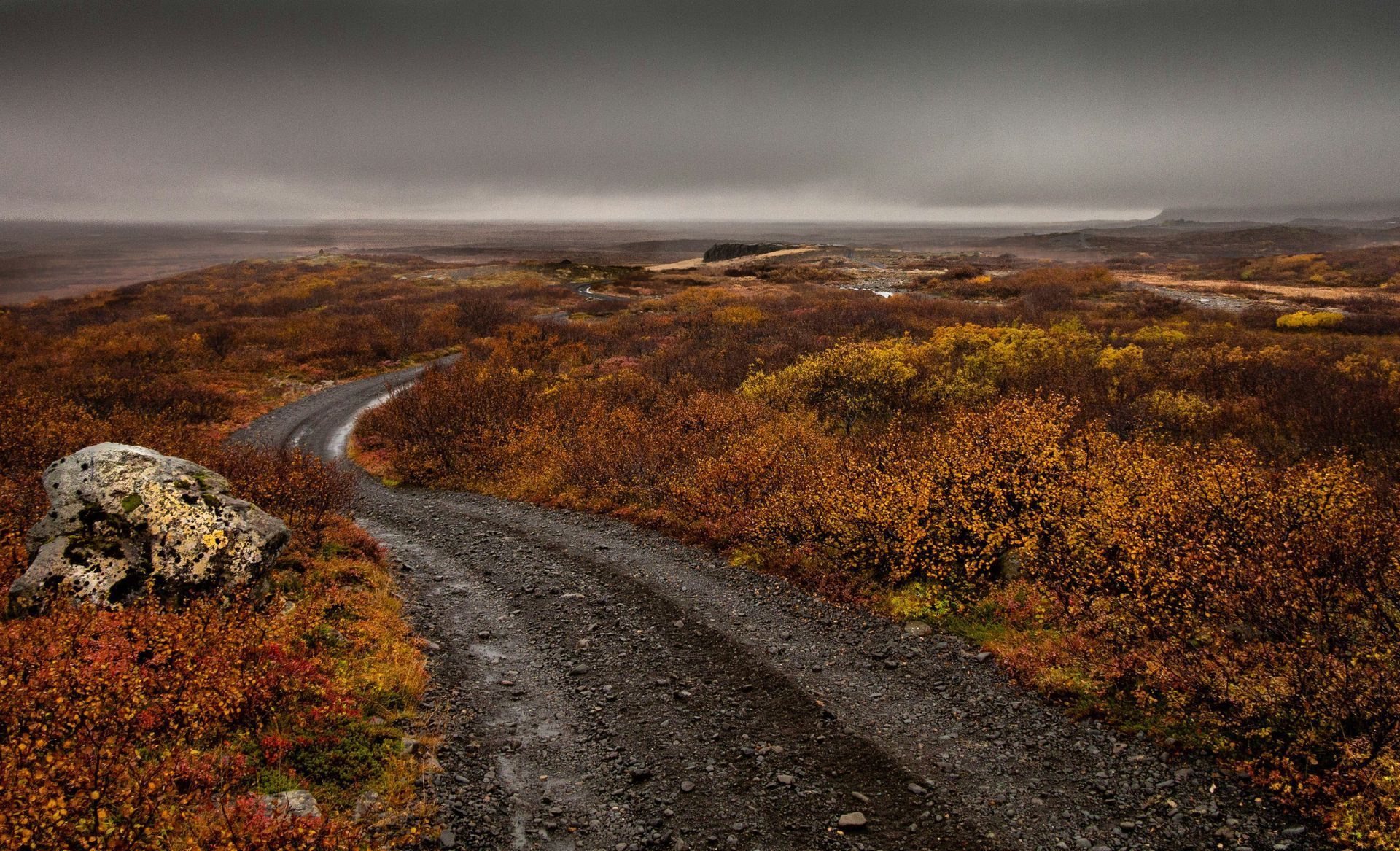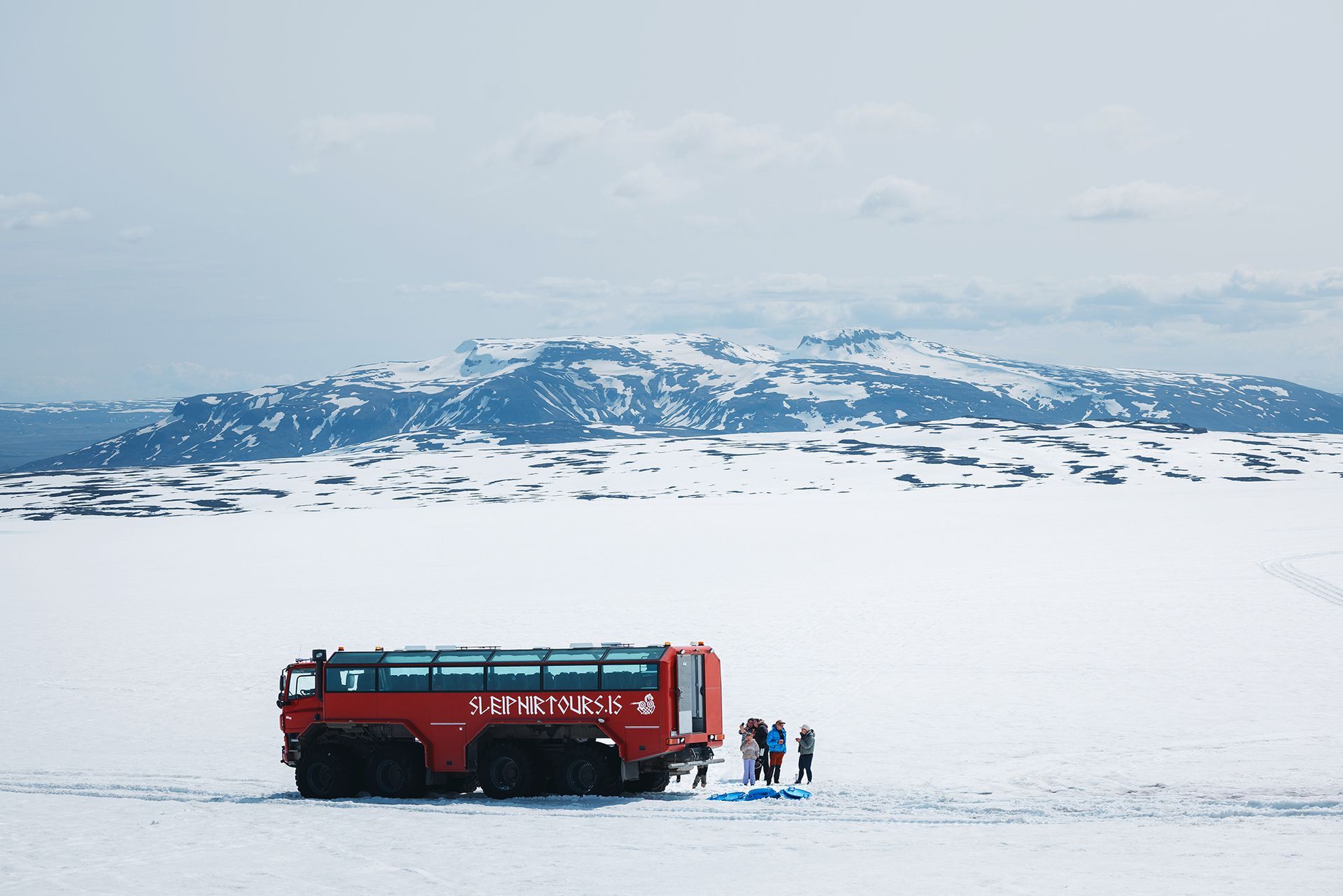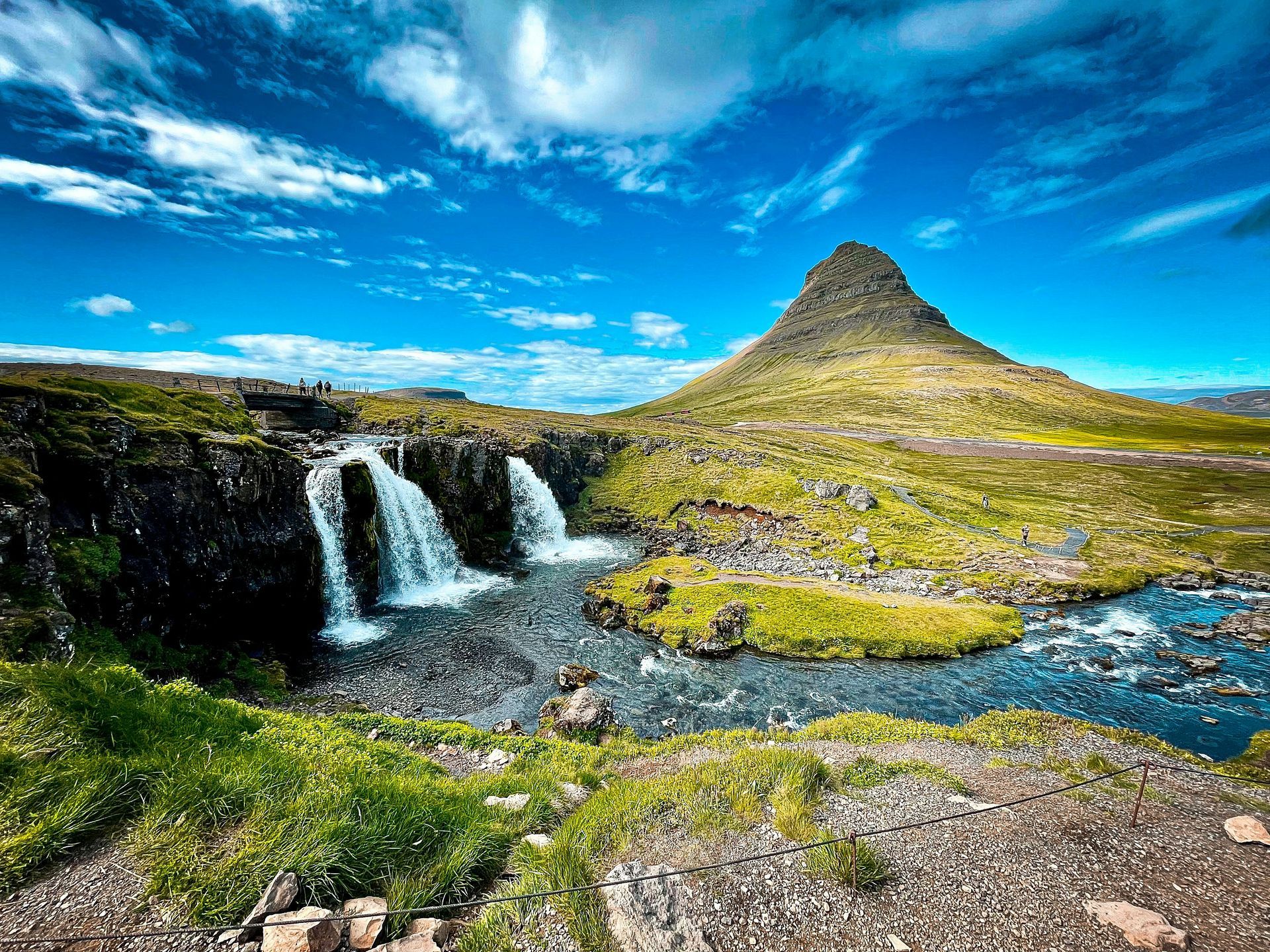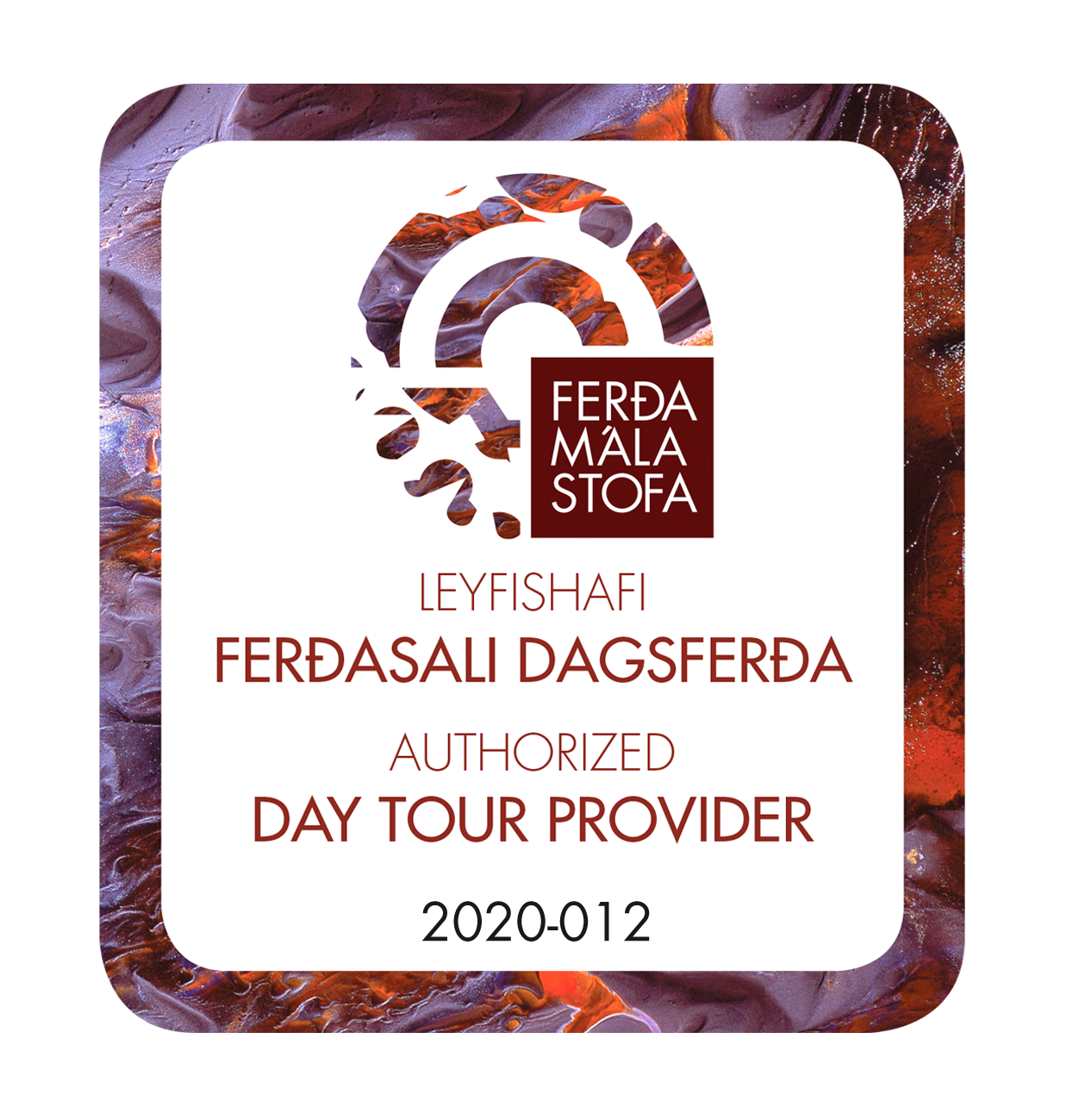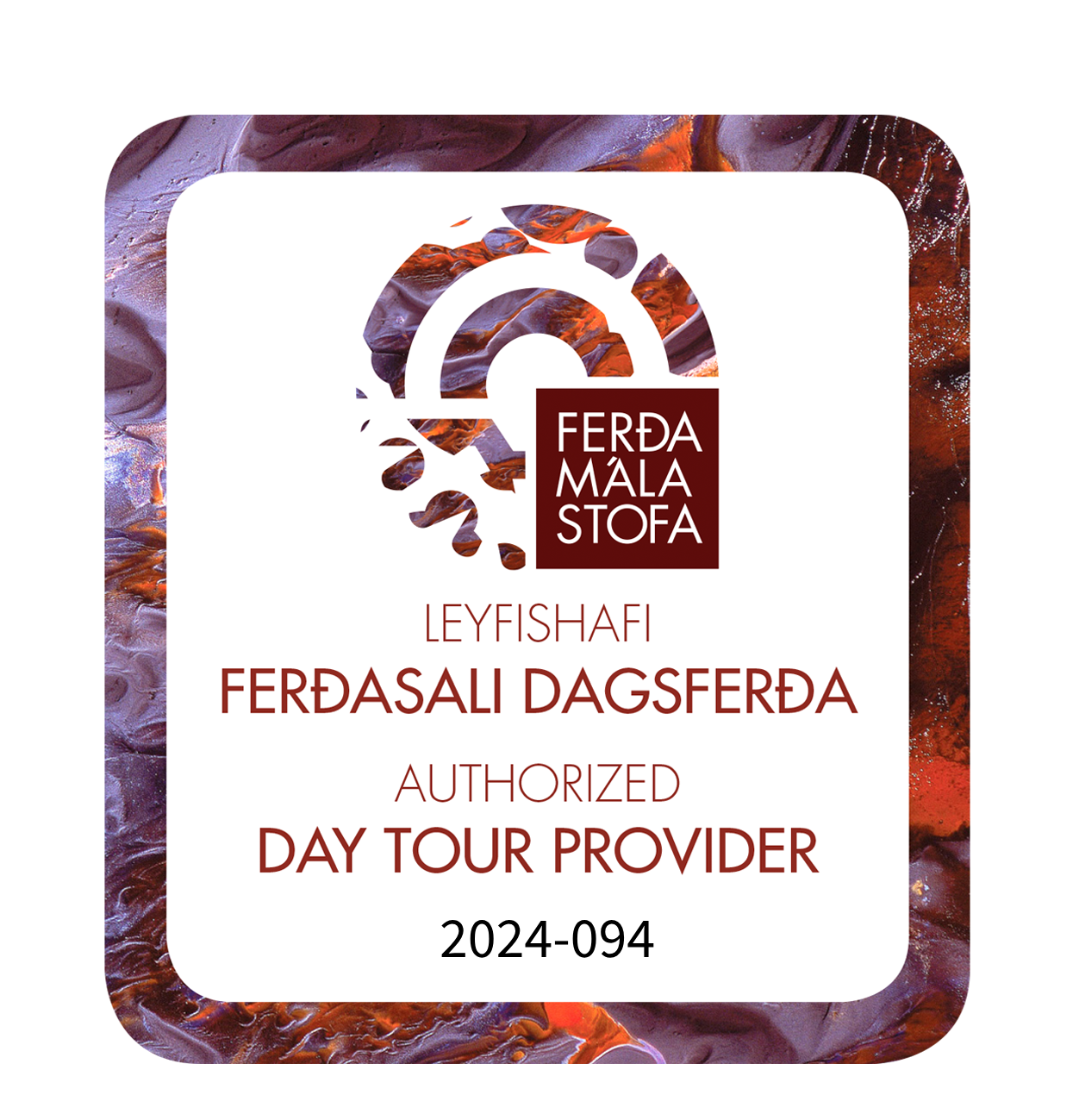How to Physically and Mentally Prepare Yourself for a Winter Trip to Iceland
How to Physically and Mentally Prepare Yourself for a Winter Trip to Iceland
A winter trip to Iceland is one of those adventures that stays with you forever. It’s a journey of extremes: long, dark nights contrasted with glowing auroras, icy landscapes warmed by geothermal lagoons, and unpredictable weather that keeps you on your toes. For many, this is a dream trip, but to make the most of it, preparation - both mental and physical - is key. Here’s your ultimate guide to embracing Iceland in its most dramatic season.
What to Expect in an Icelandic Winter
Short Days & Long Nights
One of the first things winter visitors notice is the limited daylight. In December, Iceland only gets about 4-5 hours of sunlight per day. While this can feel mentally challenging, it also sets the stage for magical moments: soft, glowing sunrises that last for hours and long evenings perfect for aurora hunting. Prepare yourself mentally by adjusting your expectations - your days won’t be packed with endless sightseeing, but they’ll be rich in atmosphere.
The Northern Lights
This is the reward for embracing the long nights: the chance to witness the aurora borealis dancing across the sky. No photo or video truly does them justice. Booking a northern lights tour is highly recommended - guides know where the skies are clearest and when conditions are right. It’s worth bundling up and staying awake late for the possibility of seeing this natural wonder.
Unpredictable Weather
Iceland’s weather is famously fickle. Sunshine can turn into snow, rain, or gale-force winds within minutes. This is part of the charm but also a reminder: flexibility is your best friend. Always keep an eye on the forecast (locals swear by the app Vedur.is), and don’t overpack your itinerary. Some of the most memorable Icelandic adventures happen when plans shift unexpectedly.
Must-Do Experiences in Iceland during Winter
Relax in Iceland’s Famous Lagoons
After a chilly day outdoors, nothing beats sinking into steaming geothermal waters surrounded by snow. The Blue Lagoon is the iconic choice, its milky waters nestled among lava fields. For something more modern and sleek, head to Sky Lagoon, just outside Reykjavík, known for its infinity-edge views of the Atlantic. And keep your eye out for the newest addition, Laugarás Lagoon by Hvítá, which blends natural beauty with Iceland’s innovative spa culture. Book in advance - especially during winter weekends.
Tour Iceland’s Glaciers with Sleipnir Tours
Few experiences are as awe-inspiring as driving across a glacier in Sleipnir’s massive custom-built trucks. On Langjökull, Iceland’s second-largest glacier, you’ll be surrounded by endless fields of ice and snow, feeling like you’ve landed on another planet. It’s not just a tour—it’s a once-in-a-lifetime adventure that combines Iceland’s raw nature with engineering marvels. Book your spot here.
Hunt for the Northern Lights
Even if you plan to spot the aurora on your own, a guided Northern Lights tour dramatically increases your chances. Guides track cloud coverage and solar activity in real time, whisking you away from city lights to the darkest skies. Standing under shimmering ribbons of green, pink, and purple is a humbling reminder of nature’s power—and worth every chilly minute outdoors.
Visit Kerlingafjöll in Winter
Kerlingafjöll, the geothermal mountain range in the Icelandic Highlands, transforms into a surreal wonderland in winter. Steaming valleys cut through snow-covered peaks, creating otherworldly contrasts. Whether you hike, snowshoe, or simply take in the views, Kerlingafjöll offers an adventure off the typical tourist path. It’s rugged, remote, and deeply rewarding.
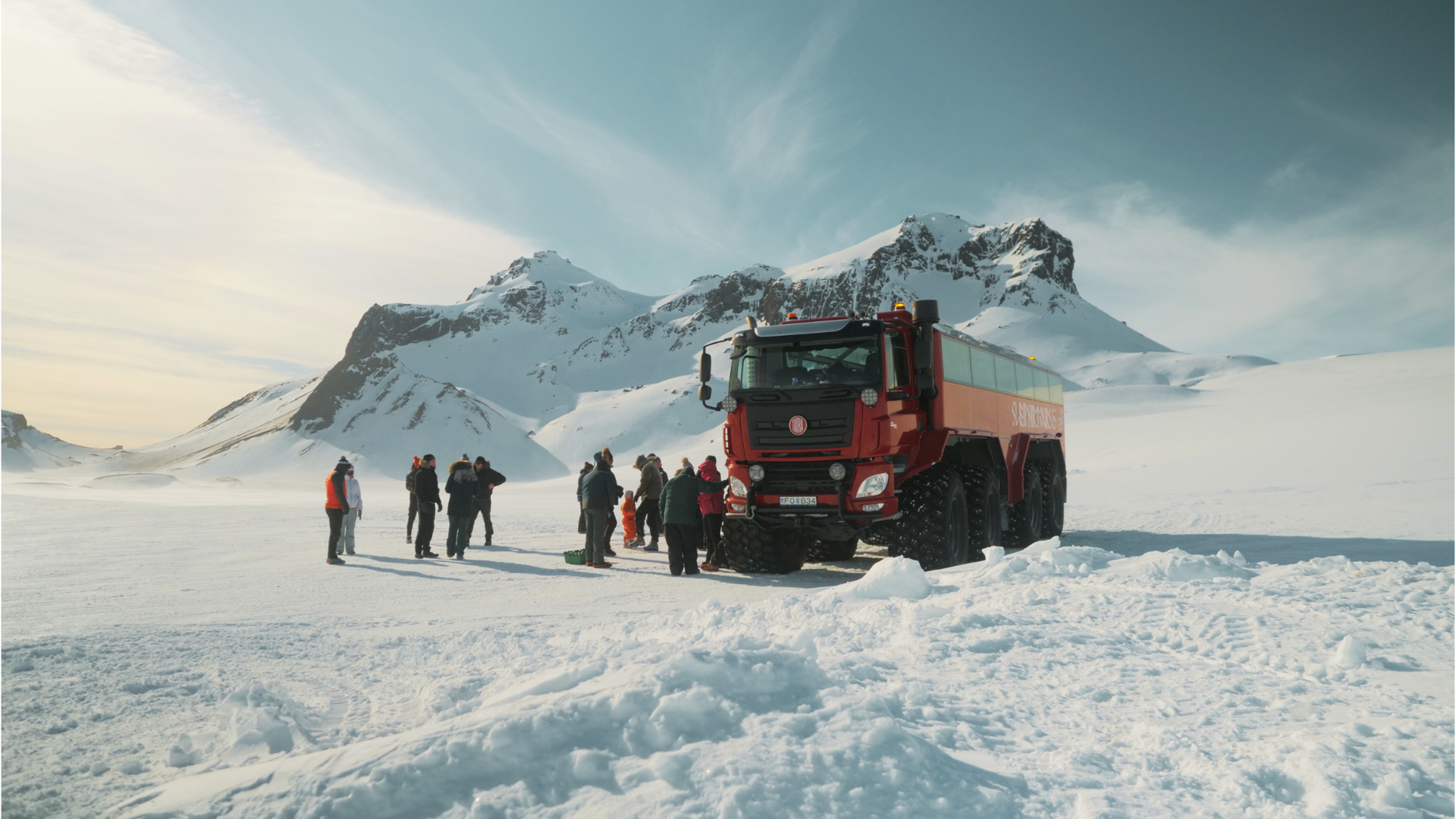
Don’t Forget the Essentials to Book
- A Well-Equipped Car: Roads can be icy, snowy, and windy. Opt for a 4x4 vehicle with winter tires and make sure your rental includes essentials like Wi-Fi, GPS, and roadside assistance. If you’re not confident driving in winter conditions, consider guided tours instead. Iceland’s public transport won’t get you to remote gems, so your wheels matter.
- Tours in Advance: Winter is high season for northern lights, lagoons, and glacier tours. Book early to avoid disappointment. Flexibility with timing is important too, as tours may shift or cancel due to weather.
What to Pack for Your Iceland Adventure
Layer Up
The secret to staying comfortable in Iceland’s winter is layers. Bring:
- Base layers (merino wool is best—warm yet breathable)
- Insulating mid-layers (fleece or down jacket)
- Waterproof outer layers (windproof jacket and pants)
- Accessories: hat, gloves, scarf, thermal socks, and sturdy waterproof boots
Pro tip: Don’t underestimate the wind. Even if temperatures look mild on paper, the windchill is real.
Don’t Forget Nightlife Clothes
Iceland isn’t all glaciers and waterfalls—its nightlife is buzzing, even in the darkest months. Reykjavík comes alive on weekends with concerts, bars, and clubs filled with locals and visitors alike. Pack a nice outfit and shoes so you can experience the city after dark. You’ll be surprised how warm the atmosphere feels despite the cold outside.
Other Essentials
- Headlamp (with extra batteries): daylight hours are short, so you may find yourself walking or exploring in the dark.
- Swimsuit: for lagoons, hot springs, and even hotel spas.
- Refillable water bottle: Icelandic tap water is some of the cleanest in the world.
- Power bank: cold weather drains batteries faster.
Tips for Mental Preparation
- Embrace the Darkness: Instead of dreading the short days, see them as an opportunity for slower travel, reflection, and cozying up by the fire. Think of it as hygge, the Nordic art of comfort.
- Stay Flexible: Weather may cancel plans—but that’s part of the Icelandic rhythm. Shift your mindset from “checking off” a list to being open to surprises.
- Savor the Small Moments: A coffee in a warm Reykjavík café, steam rising from a hot spring, or the quiet crunch of snow under your boots—these are just as magical as the big-ticket experiences.
Icelandic Folklore
New Paragraph
Share This Blog Post
